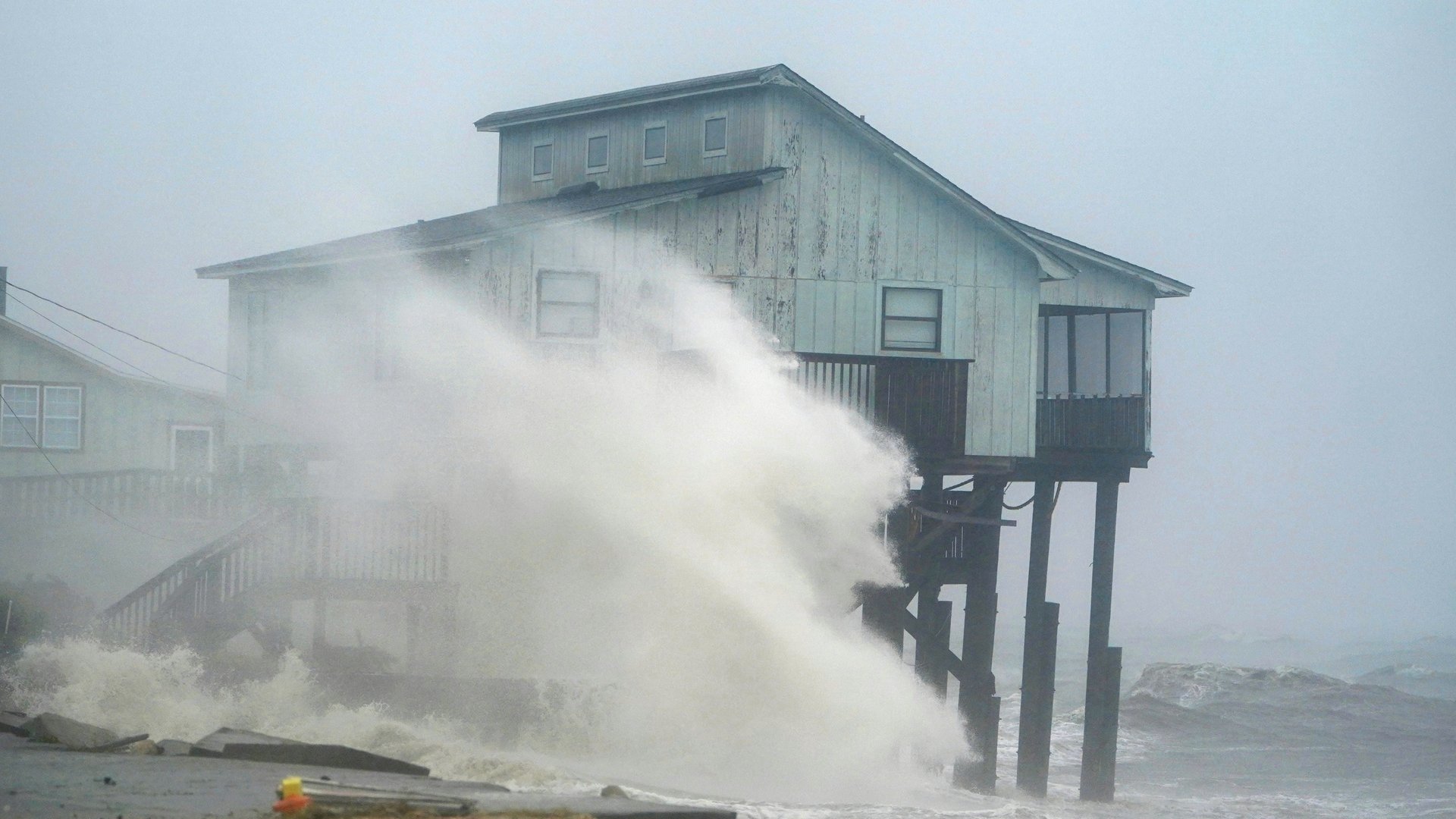The deadliest thing about Hurricane Michael may be a 14-foot storm surge
Hurricane Michael, recently upgraded to a Category 4 storm, could be the strongest hurricane to make landfall in Florida’s panhandle region in more than 150 years. Forecasters say it may bring as much as a foot of rain, winds as strong as 150 miles per hour, and—perhaps most formidably—a storm surge of up to 14 feet.


Hurricane Michael, recently upgraded to a Category 4 storm, could be the strongest hurricane to make landfall in Florida’s panhandle region in more than 150 years. Forecasters say it may bring as much as a foot of rain, winds as strong as 150 miles per hour, and—perhaps most formidably—a storm surge of up to 14 feet.
What is a storm surge?
A storm surge is created when wind and atmospheric pressure changes cause seas to rise—imagine a bulldozer pushing thousands of gallons of ocean water inland into homes and along roads, knocking over anything in its path. If it sounds a little like a tsunami, you’re not too far off, as this simulation shows:
What can a storm surge do?
A surge of just a couple of feet can displace cars and knock people off their feet, then pull them under. At this point, it’s too late to evacuate. Storm surges are often the deadliest part of a hurricane, particularly above five or six feet, when large objects may be concealed in the flood and propelled along like battering rams. A nine-foot surge, as the Weather Channel reports, is generally not survivable.
Michael is projected to hit Florida around the panhandle region, which is especially vulnerable, due to the concave shape of the gulf coast and the adjacent shallow shelf water. National Weather Service warnings caution that some buildings may be completely washed away, and to expect some homes to be left “uninhabitable for an extended period” after the storm. Massive power outages are all but certain.
What is the size of the surge from Hurricane Matthew?
As of 11am US eastern time today (Oct. 10), the storm surge in Apalachicola had already reached 6 feet, just shy of its record of 6.4 feet, with waters continuing to rise. Other locations should prepare for even greater storm surges:
- Aucilla River to Cedar Key: 6 to 9 feet
- Cedar Key to Chassahowitzka: 4 to 6 feet
- Chassahowitzka to Anna Maria Island, including Tampa Bay: 2 to 4 feet
- Okaloosa-Walton county line to Tyndall Air Force Base: 6 to 9 feet
- Tyndall Air Force Base to Aucilla River: 9 to 14 feet
If you’re in a surge area, the best thing to do is to heed official advice and evacuate as quickly as possible. Map out your route before you go and ensure your car is full of gas. Do not get on the road without a planned route or a place to go.
If it’s too late, don’t assume you’ll be able to outdrive the surge. Instead, focus on finding shelter, and on getting as high up as you possibly can.